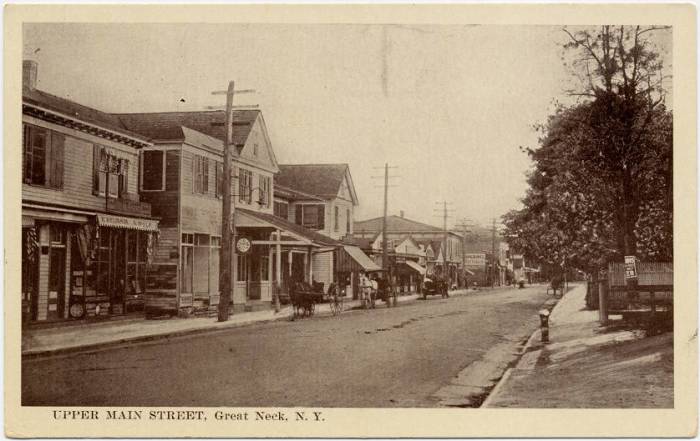Lower wattage and smart metering add up to savings
The Village of Great Neck Board of Trustees voted to switch the street lighting system from high-pressure sodium (HPS) to LED (light-emitting diode) lamps on Aug. 1. It plans to spend about $600,000 to change 832 street lamps, and the work is expected to be done this fall.
According to the village, it estimates annual savings of more than $100,000 from the changeover, split between maintenance ($44,525) and energy ($58,813).
Both Mayor Pedram Bral and Clerk/Treasurer Joe Gill emphasized that the new lamp technology will translate into lower utility bills.

Consultants Michael Miller and Mark Carter of Real Term Energy recommended, and the trustees agreed, to install smart hubs at each pole. This will enable the lights to be individually controlled via a central-management system. This aspect of the installation is part of a Smart City pilot program that Real Term would, in part, finance and manage.
Miller acknowledged that “utilities still don’t recognize the validity of smart controls. We have the ability to turn off the light, make it blink, dim it. We can do all that, but the utility will bill the village for the maximum output of daylight. There’s already a move afoot for that to change. Utilities will not be able to withstand this technology.”
Gill noted, “Once PSEG recognizes that these lights are monitored and effectively metered, we would be able to go back and [get credit]. We’re expecting a credit on our electric bill of $40,000 on an audit that we did recently. We took [the information] to them and they’re giving us a bill credit refund.”
Gill added, “Right now we’re billed on a benchmark. PSEG determines how many hours of daylight there is, what the wattage is and they multiply that and come up with an electric
bill for street lights. The smart control system will record actual usage of every light over time.”
PSEG spokesperson Elizabeth Flagler admitted that the utility operates under a “gross measure or flat rate…and is unable to support smart LED technology at this time. We’re continuing to evaluate new [systems] and are interested in working with the village.”

Though there was opposition to the changeover, with some residents skeptical of the efficacy, brightness and possible adverse effects of the LEDs, the village can take heart, at least, in the economies achieved by neighboring communities.
Town of Hempstead spokesperson Susan Trenkle-Pokalsky told the Great Neck Record, “The [town] converted over 50,000 [HPS] lights to the energy efficient LED street lights. The usage of the new streetlights cut our consumption of electric energy (kilowatt hours) dramatically…cutting electric bills in half. Indeed, the town is realizing street light utility cost savings of $2 million annually.”
Hempstead Supervisor Anthony J. Santino added, “We are glad to hear that Great Neck is following our lead, converting to LED lighting, and we hope that they see the same cost savings that our taxpayers have.”






























